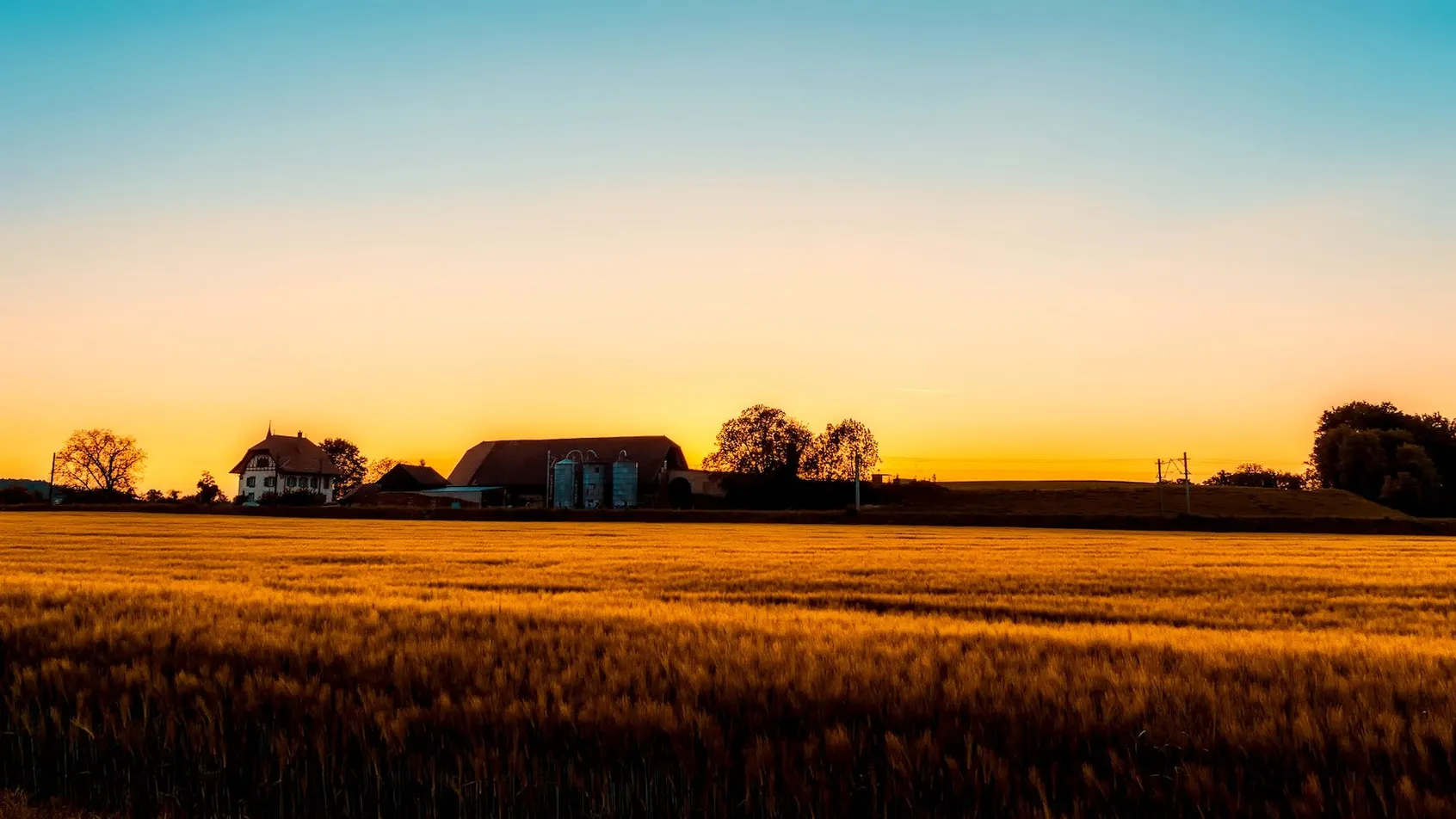Sustainable agriculture is an important concept that has recently gained traction. It’s a form of farming and food production that focuses on the long-term health of the environment, animals, and people. It strives to reduce environmental impact while promoting social justice and equitable resource access.
But what is the main goal of sustainable agriculture? While there isn’t one answer, this article will explore the core principles of sustainable agriculture and its essential objectives. We will look at how sustainable agriculture can protect our environment, increase resource efficiency, and promote social equity. Read on to learn more about why sustainable agriculture is vital for everyone involved in food production.
What is the main goal of sustainable agriculture?
Sustainable agriculture’s main goal is to create an environmentally sound, economically viable, and socially just system. This involves completing an agricultural system that does not degrade the natural resources it depends on, provides farmers with a decent livelihood, and does not exploit workers or animals.

Examples of sustainable agriculture
There are many different types of sustainable agriculture, but the main goal is to produce food and other products that protect the environment and conserve resources. Sustainable agriculture includes using natural pest control methods, planting cover crops, and using rotational grazing.
Three main goals of sustainable agriculture
The three main goals of sustainable agriculture are to produce food and fiber while protecting and improving the environment and the natural resources upon which agriculture depends. Farmers who practice sustainable agriculture strive to achieve these goals by protecting and conserving soil, water, air, energy, and biodiversity.
Sustainable farmers work to protect and improve the natural resources that their farms rely upon. They do this through several practices, including crop rotation, cover crops, Conservation Tillage, integrated pest management, and many others. These practices help keep the soil healthy and productive while minimizing erosion and runoff. In addition, sustainable farmers strive to use water efficiently and conserve energy.
Biodiversity is another essential goal of sustainable agriculture. Sustainable farmers work to maintain or enhance the variety of plant and animal species on their farms. This helps to ensure that ecosystems are healthy and resilient and that agricultural production is less vulnerable to pests and diseases.
Importance of sustainable agriculture
Sustainable agriculture is important because it is one of the few ways to ensure that we have enough food to feed the world’s growing population. With the world’s population expected to reach 9 billion by 2050, we need to find a way to produce more food with fewer resources. Sustainable agriculture practices can help us do this.
Sustainable agriculture is also crucial because it can help reduce our reliance on fossil fuels. Agriculture significantly contributes to greenhouse gas emissions, and switching to sustainable practices can help reduce these emissions.
Finally, sustainable agriculture is essential because it supports the livelihoods of farmers and other workers in the agricultural sector. Sustainable practices can help improve working conditions and provide a fair wage for workers.
Criticism of sustainable agriculture
Critics argue that this is impossible and that sustainable agriculture is a way to greenwash industrial farming practices.
They point out that sustainable agriculture relies heavily on fossil fuels and other inputs like synthetic fertilizers and pesticides. They argue that producing food using these inputs is only possible by eventually damaging the environment. They also say that sustainable agriculture needs to do more to address issues like soil erosion and water pollution.

How to ensure sustainable agriculture?
sustainable agriculture can be provided by the steps given below,
– Minimizing synthetic inputs: Sustainable farmers rely on natural processes as much as possible, using only essential synthetic inputs.
– Enhancing ecosystem services: By creating diverse farm habitats, farmers can encourage beneficial wildlife that provides essential ecosystem services, such as pollination and pest control.
– Building soil health: Healthy soils are crucial to sustaining crop production over the long term. Sustainable farmers manage their grounds responsibly to keep them productive and resilient in the face of pests, diseases, and extreme weather events.
– Promoting water conservation: Water is essential for life and agriculture. Farmers need to implement strategies to conserve water and protect watersheds from pollution.
– Reducing greenhouse gas emissions: Agriculture is a significant source of greenhouse gas emissions. Farmers can reduce their emissions by adopting practices that improve energy efficiency and sequester carbon in the soil.
Conclusion
The main goal of sustainable agriculture is to produce food while conserving natural resources and protecting the environment. Sustainable agriculture is an environmentally sound and economically viable production system that meets the needs of present and future generations.
Frequently Asked Questions:
What is the main goal of sustainable agriculture apex?
Sustainable agriculture’s main goal is to create an environmentally sound, economically viable, and socially just system. This means creating an agricultural system that does not degrade the environment, can support farmers and ranchers financially, and treats workers fairly.
What is the key to sustainable agriculture?
The key is farming practices focusing on three main goals: environmental protection, social justice, and economic viability. These three goals are often called the “triple bottom line.” To achieve sustainable agriculture, farmers must implement practices that regenerate the land instead of depleting it. This means using organic fertilization methods and pest control, diversifying crops, and rotating them.
In addition, sustainable farmers work to build up the soil’s natural fertility by adding compost and other organic matter. They also strive to use water efficiently and reduce pollution. Finally, sustainable farmers work to create a fair price for their products and provide good working conditions for their employees.
What are the five main components of sustainable agriculture?
The main goal of sustainable agriculture is to create a system capable of meeting the needs of present generations without compromising the ability of future generations to meet their own needs. Sustainable agriculture must incorporate the following five components:
1) Soil conservation and management: One of the fundamental principles of sustainable agriculture is protecting and enhancing soil resources. This includes reducing tillage, using cover crops and crop rotations, and minimizing soil erosion.
2) Water conservation and management: Efficient water use is another essential component of sustainable agriculture. This includes irrigation practices that minimize water waste, as well as the use of rainwater harvesting and other water-saving techniques.
3) Energy conservation and management: Sustainable agriculture also depends on using energy efficiently and finding renewable energy sources. This can be accomplished through practices such as using energy-efficient equipment and using alternative fuels.
4) Biological diversity: Maintaining a diversity of plant and animal species is essential for the long-term health of agricultural ecosystems. This includes traditional crop varieties, wild plants, and animals that play vital roles in ecosystem functions.
5) Integrated pest management: An integrated approach to pest management is essential for sustainable agriculture. This includes using cultural, biological, and chemical methods to reduce pest populations while minimizing environmental negative impacts.
